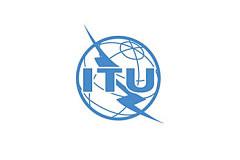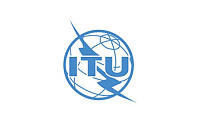The ITU-T has just released a new set of documents approved at the last plenary meeting in July. This includes:
New revision of G.8261 (first revision in nearly five years), containing a new network limit for chains of enhanced SyncE clocks.
New revision of G.8273.2, consolidating the specifications of the new boundary clocks, Class C and Class D.
There were also small amendments to a number of other documents including G.8262.1 (enhanced SyncE clocks), G.8271.1 (network limits for time), G.8272.1 (enhanced PRTC), and the three PTP profiles, G.8265.1, G.8275.1 and G8275.2.
The major new addition is that new network limit for chains of enhanced clocks. This almost completes the set of recommendations on enhanced clocks now, meaning the ITU-T now has a solid, agreed foundation for synchronization of 5G networks. The main active ongoing work in this area is now in the supplying synchronization to fronthaul networks, and looking at relative time specifications for fronthaul.
An interesting part of this is that the ITU-T has begun a new cross-discipline work item for mobile transport networks called G.mtn. This project is being worked on by several separate Questions (a Question is the ITU-T term for a sub-committee, since its terms of reference are defined in terms of questions, such as “What network synchronization characteristics should be recommended for services carried over packet based networks?”). The Questions involved are Q11 (optical interfaces), Q12 (transport network architectures), Q13 (network synchronization) and Q14 (management and control).
The project was proposed by China Mobile, the largest mobile operator in the world, to help define the transport network architecture for their new 5G network. The project is intended to make extensive re-use of other technologies such as FlexE, defined by the Optical Interface Forum (OIF), in order to speed up the development process. It has an aggressive schedule for a standards body which is not known for acting fast, with a schedule to complete the main aspects by September 2020. We should expect to see pre-standard equipment even earlier than that, with many carriers having roll-out plans for their 5G networks starting next year.
Check out out my last three blogs below, or ask me a question on this one!
Tim Frost
Strategic Technology Manager










































































